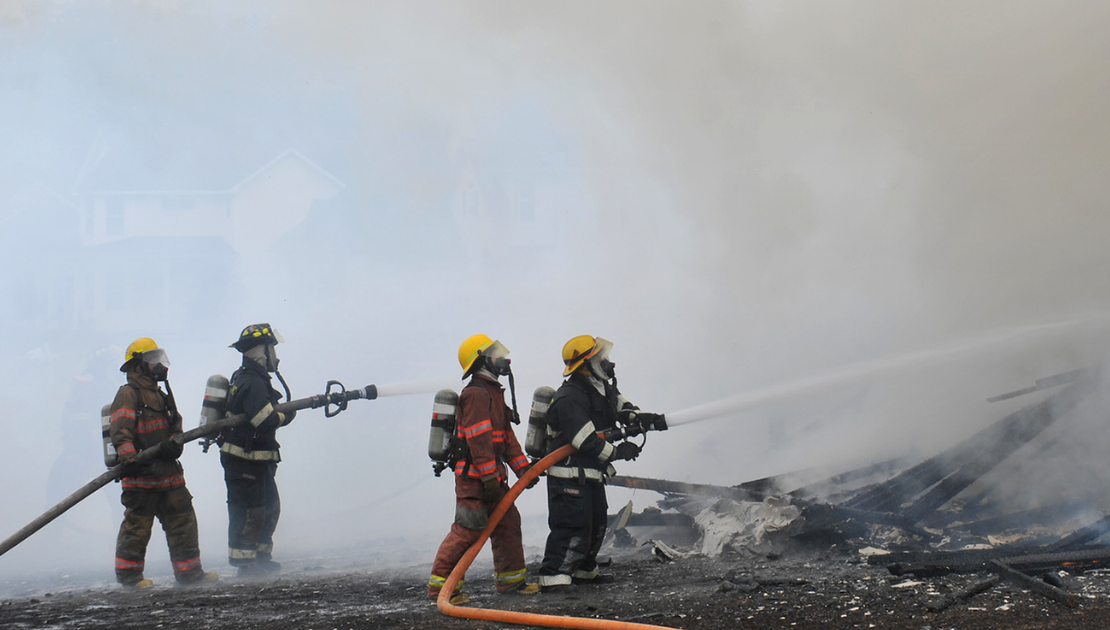How Insurers and Insureds Can Reduce Fire Risks in 2024

Global Risk Consultants released its 2024 trends for fire risk management, offering new guidance for insurers and insureds, including why proper evaluations and safety engineering reports are critical.
U.S. industrial and manufacturing facilities are most at risk, suffering $1.2 billion in damages annually, according to the National Fire Protection Association (NFPA). However, cost is not the only concern. In 2022, fires in non-residential structures led to about 150 deaths and 1,400 injuries. Improving fire risk management models in 2024 can save lives and the bottom line.
Evaluations by fire protection engineers
Fire protection engineers specialize in areas such as manufacturing, automotive, wood pulp and paper, and food-and-beverage markets. These professionals complete comprehensive analyses for entire facilities to pinpoint potential fire hazards and recommend ways to diminish that risk such as installing sprinkler systems and looking for arc flash hazards in electrical systems.
Actionable suggestions from fire protection engineers lead to safer workplaces and offer more options for insurers providing coverage in a hard market.
Safety engineering reports, an underwriting advantage
Rate increases are expected to continue in 2024, with some insureds with catastrophe-exposed risks facing a 10%-25% increase. Disciplined underwriting markets are becoming less and less willing to offer coverage for businesses with substantial risks. However, companies with safety engineering reports that have implemented the recommendations from their fire protection engineers may have more pull for underwriting negotiations.
Backup plans for supply chain disruptions
A fire in 2024 can close a facility for much longer than previously expected due to ongoing supply chain issues stemming from the pandemic. Facilities could experience months-long shutdowns while waiting for replacements for damaged parts, increasing their financial losses after a fire. Many companies have adjusted to this new normal by finding alternative solutions such as finding backup suppliers for certain materials, optimizing inventory, increasing sustainability, and using onshore or near-shore suppliers.
Inaccurate valuations
Global Risk Consultants reports commercial properties could be undervalued by up to 30% due to rising inflation and increases in the cost of labor and materials. The policy on an underinsured property may not cover the total cost of rebuilding. Insureds should not rely on old data and need more frequent valuations to ensure their policy covers the entire cost of fixing fire and smoke damage.
Robust fire data
Comprehensive, accurate fire risk data helps risk managers gain favor with underwriters with better terms and conditions and allows for more strategic decisions. Insurers are encouraging and rewarding companies who adopt a data-driven mindset for fire risk management, where data is an essential factor for coverage. Global Risk Consultants says this data may also help insurers and risk managers adapt and assess the impact of sustainability, climate change and regulations.
Full NFPA compliance
Fire protection regulations and standards evolve continuously, with NFPA 70 updating inspection requirements. NFPA 70B requires electrical equipment to be inspected at minimum every 12 months, with specific equipment requiring more frequent checks. NFPA 70E mandates five-year arc flash analyses or sooner after significant modifications. According to HALCO, full compliance with NFPA 70E requires six elements including:
- Arc flash studies
- Equipment maintenance
- Safety program development
- Safety training
- Use of appropriate PPE
- Updated drawing and documentation
HALCO notes that a comprehensive plan is ideal to mitigate fire risks and avoid OSHA fines and litigation. Contact us for additional risk management guidance.
Article Published By: propertycasualty360.com
Article Written By: Ashley Hattle-Cleminshaw
